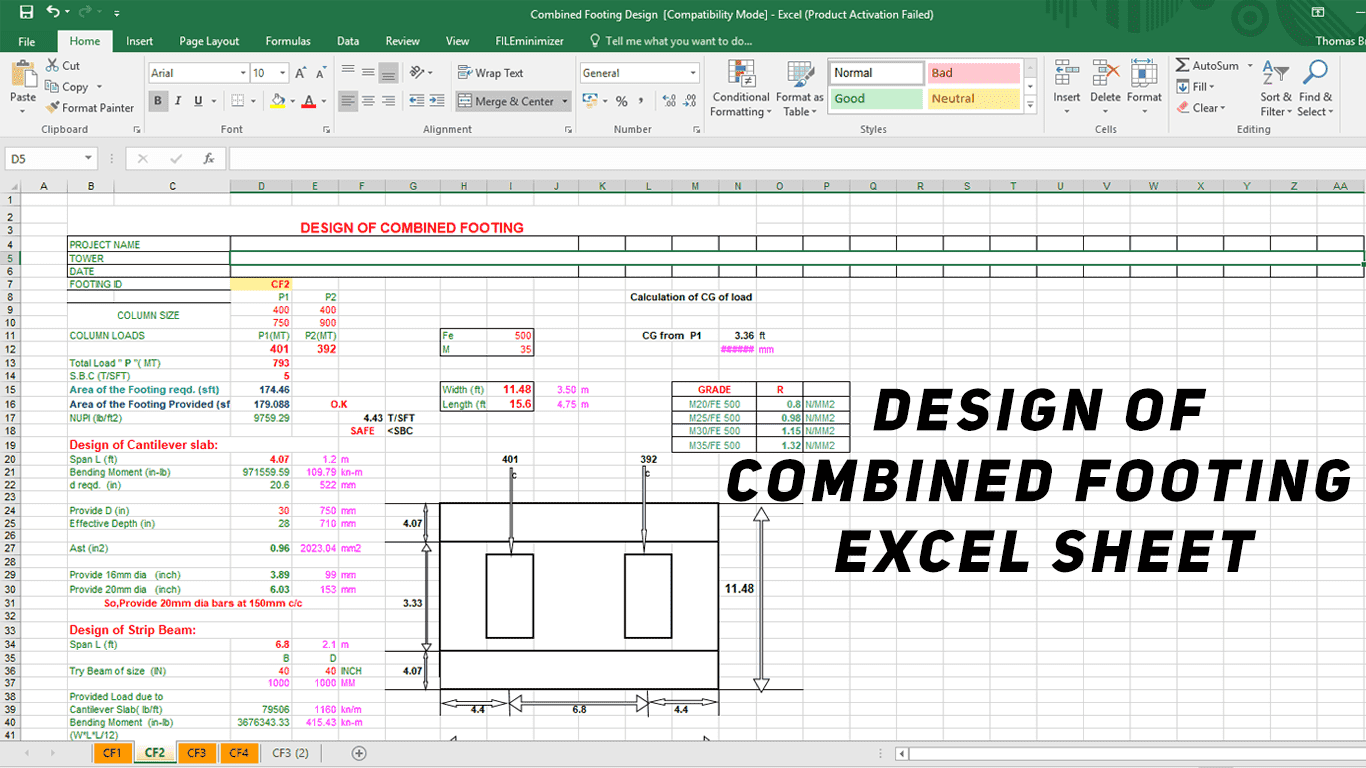Road Estimate Excel Sheet

Road Estimate construction costs may vary considerably depending mainly on the terrain and soil conditions, road standards, machine and labour costs, etc., as well as on the skill of operators and labourers involved. However, since road construction techniques are similar throughout the world, one can easily derive reasonable cost estimates once the main conditioning factors have been identified, by applying figures from similar road construction projects.
For the purpose of facilitating your task in estimating forest road costs and for reasons of comparing costs, it is advisable to break down labour and machine costs into their different elements.
The following breakdown is suggested:
(i) Surveying, staking the alignment and clearing right of way(ii) Formation of the road
(iii) Rock blasting
(iv) Drainage facilities (ditching, culverts)
(v) Crushing gravel
(vi) Gravelling, grading and compacting
(vii) Construction and environment protection works (bridges, retaining structures and soil stabilization works). The cost of construction of these is not dealt with in this paper.
(viii) Miscellaneous work (such as transport, delivery and minor earth works)
(ix) Project servicing costs
Once the costs have been calculated for the different elements, unit costs (costs per m, per m3, per piece of construction work) should be developed to facilitate in estimating costs in future road projects and for comparative purposes.
Free Download Clicks Here Below wait for count down.







